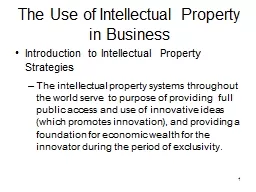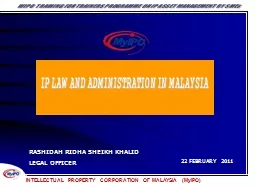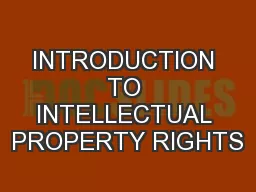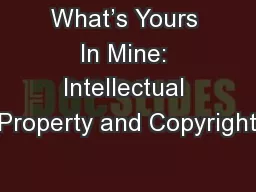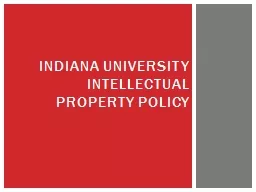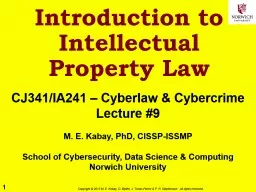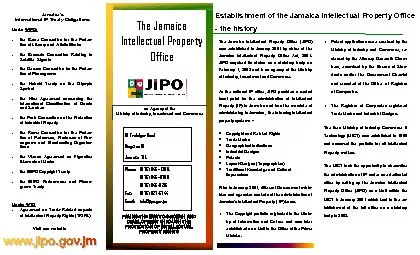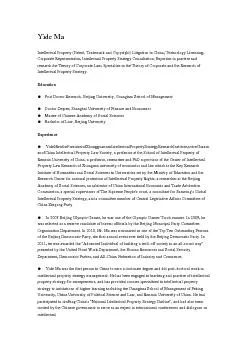PPT-AN INTRODUCTION TO INTELLECTUAL PROPERTY
Author : alexa-scheidler | Published Date : 2016-11-07
Newcastle University October 2014 Angela King European Patent Attorney European Design Attorney Talk Outline What is IP Examples of IP in Industry Commercialising
Presentation Embed Code
Download Presentation
Download Presentation The PPT/PDF document "AN INTRODUCTION TO INTELLECTUAL PROPERTY" is the property of its rightful owner. Permission is granted to download and print the materials on this website for personal, non-commercial use only, and to display it on your personal computer provided you do not modify the materials and that you retain all copyright notices contained in the materials. By downloading content from our website, you accept the terms of this agreement.
AN INTRODUCTION TO INTELLECTUAL PROPERTY: Transcript
Download Rules Of Document
"AN INTRODUCTION TO INTELLECTUAL PROPERTY"The content belongs to its owner. You may download and print it for personal use, without modification, and keep all copyright notices. By downloading, you agree to these terms.
Related Documents


